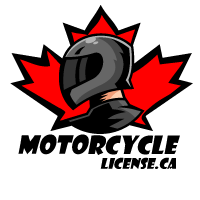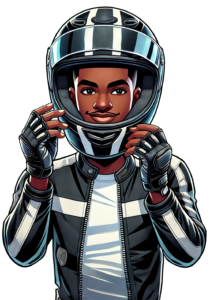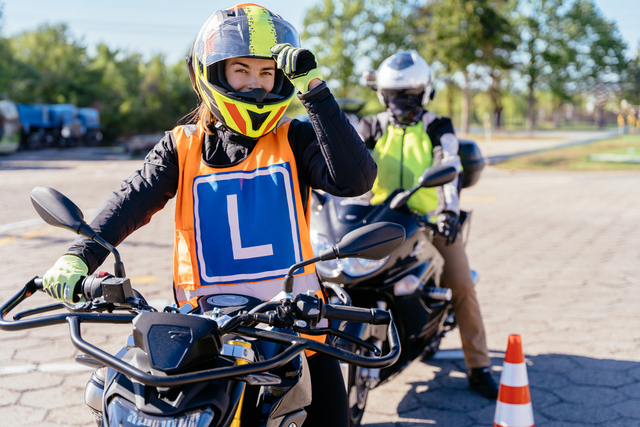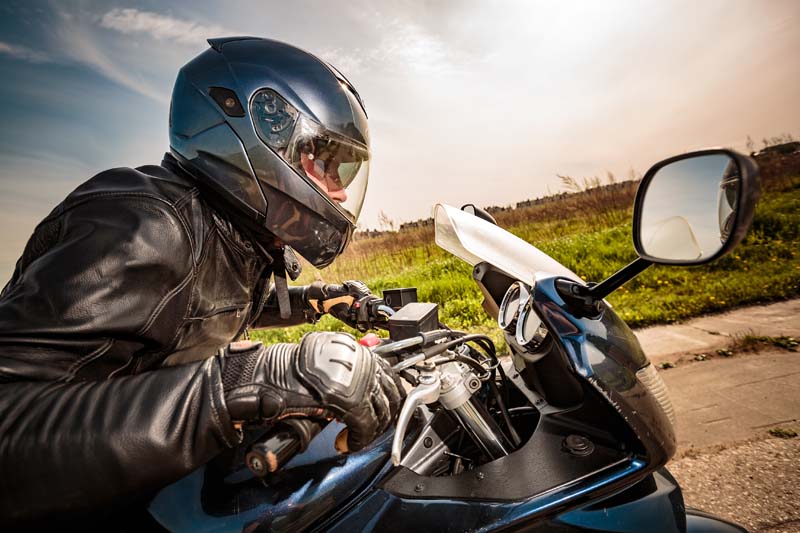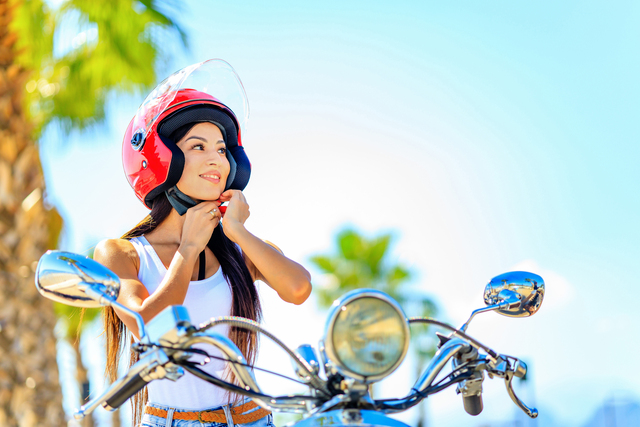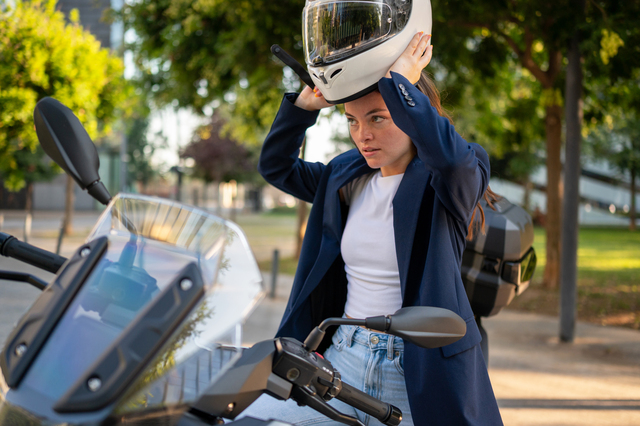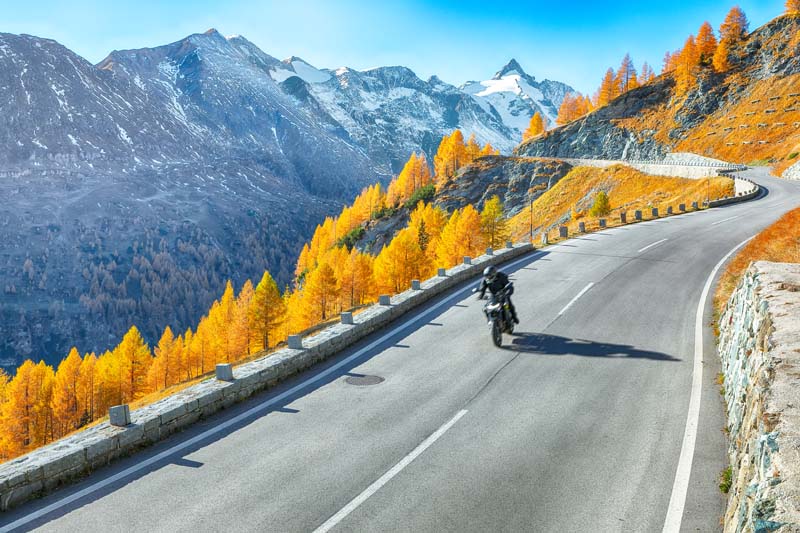Mastering Slow-Speed Motorcycle Control: 3 Essential Techniques
If you can ride a motorcycle slowly, you’ll be a much better rider at road speed. Slow-speed training allows you to develop the techniques of motorcycle riding while minimizing risk. Many riders are confident at road speed but struggle when it comes to controlling their bike at slower speeds, such as in parking lots or tight spaces. It’s actually easier to ride at higher speeds than at slower speeds, where precise technique becomes critical.
Fortunately, the three most common mistakes riders make in slow-speed motorcycle control are easy to correct. Addressing these mistakes will make a significant difference in your ability to ride a motorcycle with confidence, whether you’re cruising down the street or navigating through tight spots. If you’re having trouble with slow-speed control, this guide will help.
1. Master the Friction Zone
The biggest mistake riders make is failing to properly use the friction zone of the clutch.
So, what exactly is the friction zone? Here’s a simple explanation: When you fully squeeze the clutch, you’ve removed all power from the rear wheel, and the motorcycle won’t move, no matter how much you throttle. When you fully release the clutch, all the power goes to the rear wheel. The friction zone is that sweet spot between fully engaged and fully released, where partial power is transferred to the rear wheel, allowing the bike to move smoothly.
Riding in the friction zone is key to controlling your motorcycle at slow speeds. I learned this myself when I got back into riding and took an MSF class. My coach reminded me to keep the clutch in the friction zone during figure-eight drills, and it made a world of difference. Once I understood this technique, slow-speed riding became much smoother and easier.
Many riders, however, rely too much on the brakes and throttle alone, fully engaging or releasing the clutch instead of using the friction zone. The next time you’re controlling your motorcycle at slow speeds and it feels choppy, remember to engage the friction zone. It could be the difference between smooth control and a frustrating experience.
2. Use the Rear Brake,
Not the FrontOn a motorcycle, you have separate controls for the front and rear brakes, unlike in a car, where one pedal controls both. Understanding when to use the rear brake versus the front brake can greatly improve your control at slow speeds.
Using the front brake at slow speeds, especially with the handlebars turned, is a common mistake that can lead to a quick drop. The front brake is too powerful for slow-speed maneuvers and can cause the bike to tip over, particularly during tight turns.
Instead, use the rear brake while keeping the clutch in the friction zone. Dragging the rear brake while maneuvering at low speeds helps stabilize the bike, giving you more control and balance. By mastering this technique, you’re well on your way to controlling your motorcycle smoothly at slower speeds.
3. Look Where You Want to Go
The final key to slow-speed motorcycle control is your head and eye placement. This technique might feel unnatural at first, but it’s essential for precise control. When you’re riding, always turn your head and look where you want the motorcycle to go, rather than just glancing with your eyes.
If you’re making a U-turn or maneuvering in tight spaces, deliberately turning your head will help guide the motorcycle smoothly through the turn. A lazy head turn results in a lazy turn from the bike. On the other hand, a sharp, deliberate head turn leads to a sharper and more controlled turn.
Even when you’re not on a motorcycle, you can practice this technique in your car. Turn your head and look where you want the car to go. You’ll notice how much more aware you become of your surroundings. This practice will reinforce good habits for when you’re back on the motorcycle.
Conclusion: The Three Pillars of Slow-Speed Motorcycle Control
Mastering slow-speed motorcycle control comes down to three essential techniques: using the friction zone, relying on the rear brake, and turning your head and eyes to guide the bike. By combining these skills, you’ll gain the confidence to handle your motorcycle in any situation, whether it’s a tight parking lot or a tricky intersection. Practice these techniques, and you’ll build a strong foundation for riding at both slow and high speeds with ease and precision.
